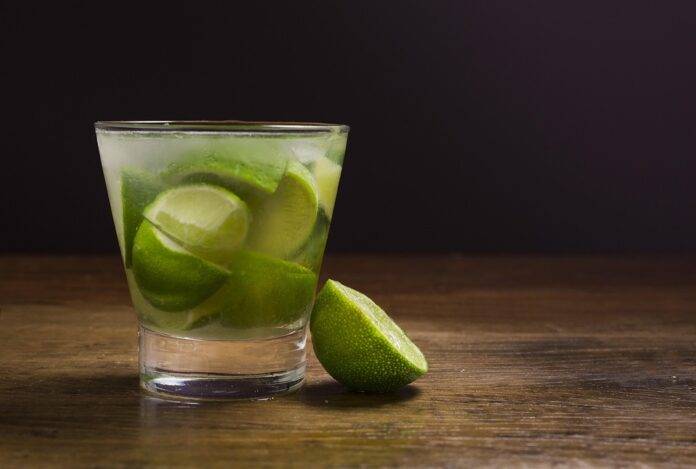Sustainability and Heritage in Cachaça Branding
Cachaça, a traditional Brazilian distilled spirit made from sugarcane, has a rich history that dates back centuries. As the spirit gains popularity on the global stage, modern cachaça branding is increasingly shaped by sustainability practices and heritage preservation. In this report, we will explore how these factors influence branding strategies in the cachaça industry.
The Rise of Sustainable Practices
In recent years, there has been a growing emphasis on sustainability in the spirits industry as consumers become more conscious of environmental issues. Cachaça producers are no exception, with many embracing sustainable practices in their production processes. From sourcing organic sugarcane to implementing energy-efficient distillation methods, cachaça brands are making efforts to reduce their carbon footprint and promote environmental sustainability.
Financial Impact of Sustainability Initiatives
While implementing sustainable practices may require upfront investment, the long-term financial benefits can be significant. Consumers are increasingly willing to pay a premium for products that are produced in an environmentally friendly manner, leading to increased brand loyalty and higher sales. In fact, a study by Nielsen found that 66% of consumers are willing to pay more for sustainable brands.
Industry Insights
Several cachaça brands have been at the forefront of sustainability initiatives in the industry. One example is Novo Fogo, a cachaça producer that is certified organic and carbon-neutral. By focusing on sustainability, Novo Fogo has been able to differentiate itself in the market and attract environmentally conscious consumers.
Preserving Heritage in Cachaça Branding
In addition to sustainability, heritage plays a crucial role in shaping modern cachaça branding. Many cachaça producers have a long history and deep roots in Brazilian culture, which they leverage to create unique brand stories that resonate with consumers. By highlighting their heritage, cachaça brands can differentiate themselves in a crowded market and build a strong emotional connection with consumers.
Financial Data
The cachaça industry has seen steady growth in recent years, with global sales reaching $891 million in 2020. Brazil remains the largest market for cachaça, accounting for over 75% of total sales. As consumers become more interested in craft spirits and artisanal products, cachaça producers have the opportunity to capitalize on this trend by emphasizing their heritage and traditional production methods.
Actual Companies
One company that exemplifies the fusion of sustainability and heritage in cachaça branding is Yaguara Cachaça. Yaguara is committed to using organic sugarcane and environmentally friendly production methods, while also drawing inspiration from Brazil’s rich cultural heritage. By combining these elements, Yaguara has been able to position itself as a premium cachaça brand with a strong emphasis on sustainability and tradition.
Conclusion
In conclusion, sustainability and heritage are key factors that shape modern cachaça branding. By embracing sustainable practices and highlighting their cultural heritage, cachaça producers can create unique brand stories that resonate with consumers and differentiate themselves in the market. As the cachaça industry continues to grow, it is clear that sustainability and heritage will play an increasingly important role in shaping the future of the industry.




